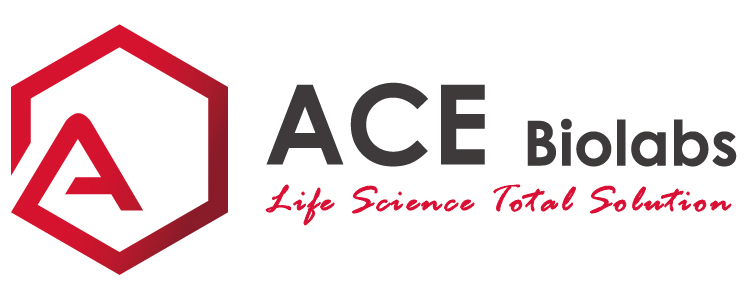Napsin A mouse mAb(PT2252)
- Catalog Number : A130236
- Number :
-
Size:
Qty : - Price : Inquiry
Introduction
Specificity:
This antibody detects endogenous levels of human Napsin A. Heat-induced epitope retrieval (HIER) TRIS-EDTA of pH9.0 was highly recommended as antigen repair method in paraffin section.
Background:
napsin A aspartic peptidase(NAPSA) Homo sapiens This gene encodes a member of the peptidase A1 family of aspartic proteases. The encoded preproprotein is proteolytically processed to generate an activation peptide and the mature protease. The activation peptides of aspartic proteinases function as inhibitors of the protease active site. These peptide segments, or pro-parts, are deemed important for correct folding, targeting, and control of the activation of aspartic proteinase zymogens. The encoded protease may play a role in the proteolytic processing of pulmonary surfactant protein B in the lung and may function in protein catabolism in the renal proximal tubules. This gene has been described as a marker for lung adenocarcinoma and renal cell carcinoma.
Function:
Function:May be involved in processing of pneumocyte surfactant precursors.,
Similarity:Belongs to the peptidase A1 family.,
Tissue specificity:Expressed predominantly in adult lung (type II pneumocytes) and kidney and in fetal lung. Low levels in adult spleen and very low levels in peripheral blood leukocytes.,
Subcellular Location:Cytoplasmic
This antibody detects endogenous levels of human Napsin A. Heat-induced epitope retrieval (HIER) TRIS-EDTA of pH9.0 was highly recommended as antigen repair method in paraffin section.
Background:
napsin A aspartic peptidase(NAPSA) Homo sapiens This gene encodes a member of the peptidase A1 family of aspartic proteases. The encoded preproprotein is proteolytically processed to generate an activation peptide and the mature protease. The activation peptides of aspartic proteinases function as inhibitors of the protease active site. These peptide segments, or pro-parts, are deemed important for correct folding, targeting, and control of the activation of aspartic proteinase zymogens. The encoded protease may play a role in the proteolytic processing of pulmonary surfactant protein B in the lung and may function in protein catabolism in the renal proximal tubules. This gene has been described as a marker for lung adenocarcinoma and renal cell carcinoma.
Function:
Function:May be involved in processing of pneumocyte surfactant precursors.,
Similarity:Belongs to the peptidase A1 family.,
Tissue specificity:Expressed predominantly in adult lung (type II pneumocytes) and kidney and in fetal lung. Low levels in adult spleen and very low levels in peripheral blood leukocytes.,
Subcellular Location:Cytoplasmic
General Information
| Reactivity | Human |
|---|---|
| Application | IHC |
| Host | Mouse |
| Clonality | Monoclonal |
| Conjugate | Non-conjugated |
| Uniprot | O96009 |
| Isotype | IgG1, Kappa |
| Immunogen | Synthesized peptide derived from human Napsin A |
| Assay principle | IHC-p 1:100-500 |
| Sample type | paraffin section |
| Purity | The antibody was affinity-purified from mouse ascites by affinity-chromatography using specific immunogen. |
| Expression region | Fetal lung,Kidney,Liver,Lung, |
| Storage buffer | Liquid in PBS containing 50% glycerol, 0.5% BSA and 0.02% sodium azide. |
| Storage instruction | -20°C/1 year |
| Research topic | proteolysis, |
| Alias | NAPSA NAP1 NAPA |





.png)